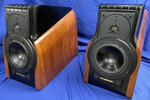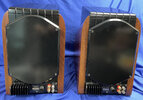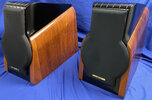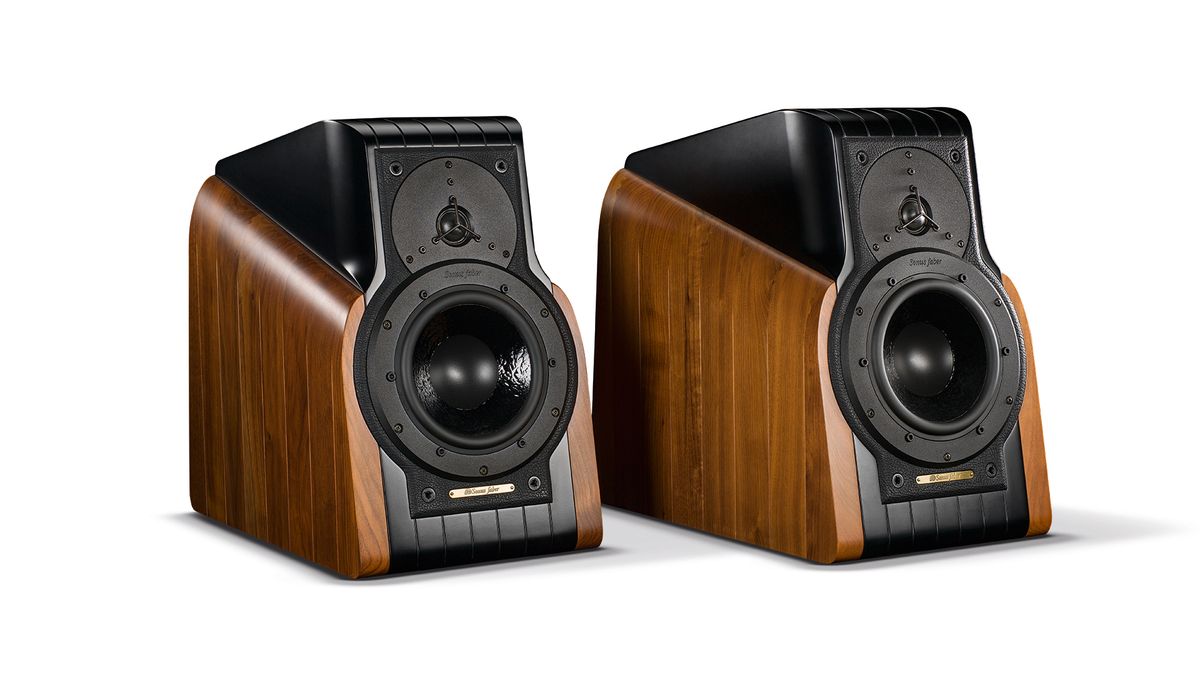From an interesting recent review comparing the Extremas to modern speakers:
“Next to the radiator’s control is a small heatsink. Why does a passive set of speakers need a heatsink? The Extrema has a kind of crossover design we’ve never come across before. While its use of a gentle first-order filter is relatively uncommon, it’s the lack of capacitors that provides the real talking point here.
Sonus Faber’s engineers wanted to avoid these components to improve clarity and transparency, and so, instead, they ended up using an inductor in parallel with the tweeter rather than the usual capacitor in series. For everything to work properly, a resistor is required in the circuit too, but it needs the heatsink to cope with the power demands. We never felt the heatsink getting hot during use, even with the speakers pushed hard.”
Here’s a link to the review:
We step back to 1991 with these classic Italian standmounters

www.whathifi.com







